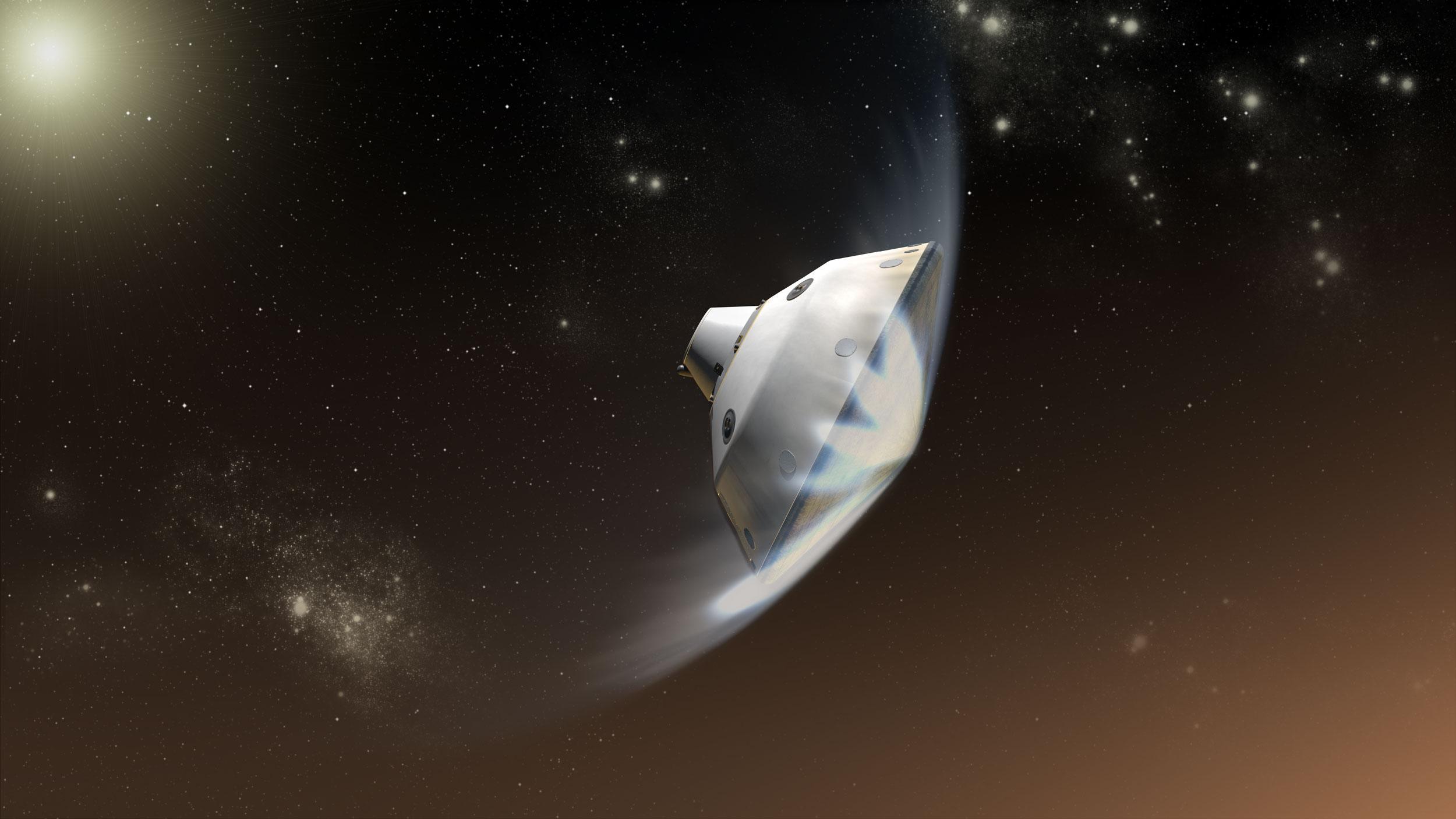Exploring Mars: The Role of the Curiosity Rover

The Importance of the Curiosity Rover
The Curiosity Rover, launched in 2011 and landing on Mars in August 2012, represents a significant milestone in our quest to understand the Red Planet. It serves as a mobile laboratory equipped with sophisticated scientific instruments aimed at evaluating Mars’ atmosphere, geology, and potential for past or present life. Understanding these factors is crucial not only for scientific inquiry but also for future human exploration of Mars.
Recent Discoveries
Recent reports from NASA’s Jet Propulsion Laboratory indicate that the Curiosity Rover has made significant strides in studying the Martian landscape and atmosphere. In recent months, Curiosity has been investigating an area known as the “Gale Crater,” which offers diverse geological features, including sedimentary rocks that are believed to hold clues about ancient water activity.
Among its latest findings, Curiosity has detected organic molecules and seasonal methane fluctuations, hints that could suggest the presence of life-supporting conditions in Mars’ distant past. The rover’s analysis of rock samples has provided evidence of an ancient lakebed environment, reinforcing the theory that Mars once had conditions suitable for life.
Technological Marvel
The engineering behind the Curiosity Rover is a testament to human ingenuity. It stands at about the size of a small car, weighs nearly a ton, and is outfitted with a variety of scientific equipment, including a laser to help analyze rock compositions and a drill to collect samples. Additionally, the rover is equipped with advanced navigation systems that allow it to traverse the challenging Martian terrain autonomously.
Looking Ahead
As Curiosity continues its mission, the implications of its findings will only grow. NASA has launched initiatives to not only sustain Curiosity’s operations but also to pave the way for future missions, including those involving human crews. Upcoming missions, such as Mars Sample Return, aim to bring Martian soil and rock samples back to Earth for more detailed analysis. The ongoing work of the Curiosity Rover is instrumental in preparing for these future endeavours.
Conclusion
The Curiosity Rover not only enhances our understanding of Mars but also inspires future generations to push the boundaries of exploration. By studying the geological and atmospheric conditions of Mars, it plays a key role in answering fundamental questions about the possibility of life beyond Earth and what we may encounter in our future missions to the Red Planet.
